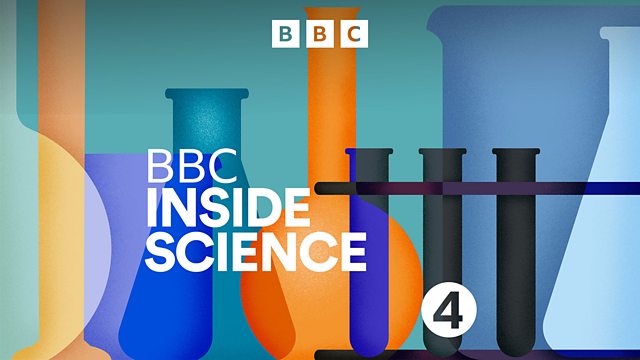Ancient DNA and Human Evolution
Adam Rutherford talks to the people who have revolutionised human evolution science by extracting ancient DNA from the bones of Neanderthals and other archaic forms of humanity.
Twenty years ago, a revolution in the study of human evolution began. A team in Leipzig in Germany successfully extracted DNA from the bones of a Neanderthal man who died about 40,000 years ago. Thirteen years later, the same group unveiled the first complete genome sequence of another Neanderthal individual. Last year, they announced they'd retrieved DNA from much oldest archaic human bones, more than 400,000 years old.
Adam Rutherford talks to Svante Paabo, the scientist has led these remarkable achievements. Professor Paabo and his colleague Janet Kelso at the Max Planck Institute of Biological Anthropology in Leipzig discuss the genes in many European people alive today that originated in Neanderthals and were passed to modern humans when the two species interbred.
Adam also speaks to Johannes Krause who worked on the Neanderthal genome project in Leipzig but is now director of the Max Planck Institute of the Science of Human History. His latest research adds a new layer of intrigue and complexity to the relationship between our species and Neanderthals in deep time.
David Reich at Harvard University focuses on using ancient DNA to uncover the ancestry and movements of modern human hunter-gatherers in Eurasia from about 50,000 years to the Bronze Age, a few thousand years ago. Population movements occur on a cinematic scale, he says. (Podcast only).
The revelations of ancient genetics would not be possible and meaningful without the traditional disciplines of palaeoanthropology and archaeology. Adam goes to Gibraltar to seek the perspective of Clive Finlayson who leads excavations there as director of the Gibraltar Museum. Gibraltar is the most concentrated site of Neanderthal occupation in the world. As well as remains of a young Neanderthal child last year, the Rock's caves have also recently yielded the first example of Neanderthal cave art.
Last on
![]()
麻豆社 Inside Science is produced in partnership with The Open University.
Broadcasts
- Thu 28 Dec 2017 16:30麻豆社 Radio 4
- Thu 28 Dec 2017 21:00麻豆社 Radio 4
Explore further with The Open University
麻豆社 Inside Science is produced in partnership with The Open University.
Podcast
-
![]()
麻豆社 Inside Science
A weekly programme looking at the science that's changing our world.



